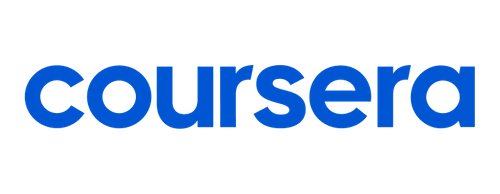Whole genome sequencing of bacterial genomes - tools and applications
1 Coupon Available
Login To View AllCourse Features
Duration
7 hours
Delivery Method
Online
Available on
Lifetime Access
Accessibility
Mobile, Desktop, Laptop
Language
English
Subtitles
English
Level
Beginner
Effort
1 hour per week
Teaching Type
Self Paced
Video Content
7 hours
Course Description
Course Overview
Hands-On Training,Instructor-Moderated Discussions
Skills You Will Gain
What You Will Learn
Nucleotide
Antimicrobial
Genome
Microbiology
Course Instructors
I have a background as a Veterinarian, MSc in Veterinary Public Health and PhD in the field of antimicrobial resistance from the University of Copenhagen. I come from Portugal and I have worked for a...
Bioinformatician, PhD. My research interests are in whole genome sequencing typing and epidemiology, short and long time evolution in bacterial genomes and population structure of mainly foodborne pa...
Course Reviews
Average Rating Based on 4 reviews
75%
25%
1 Coupon Available
Get upto 100% - 0% Discount
